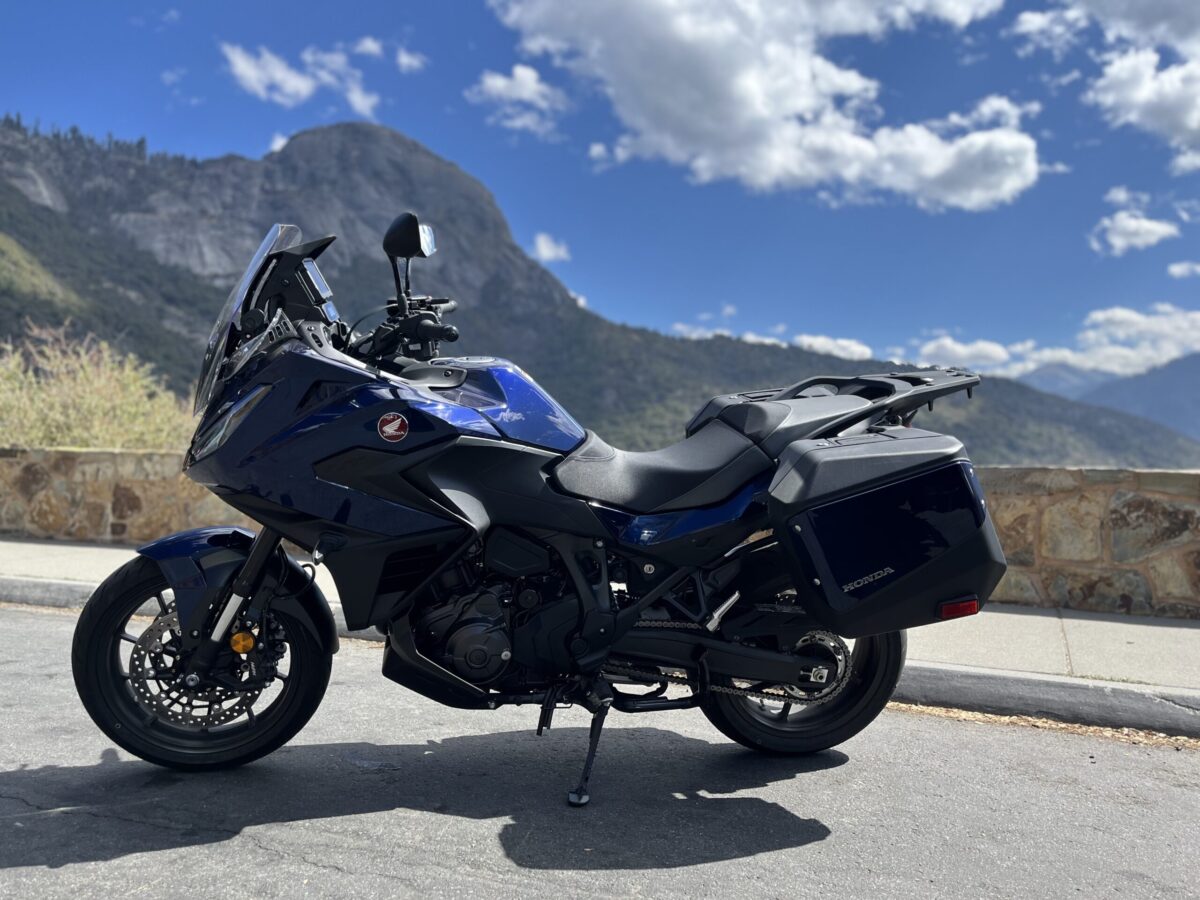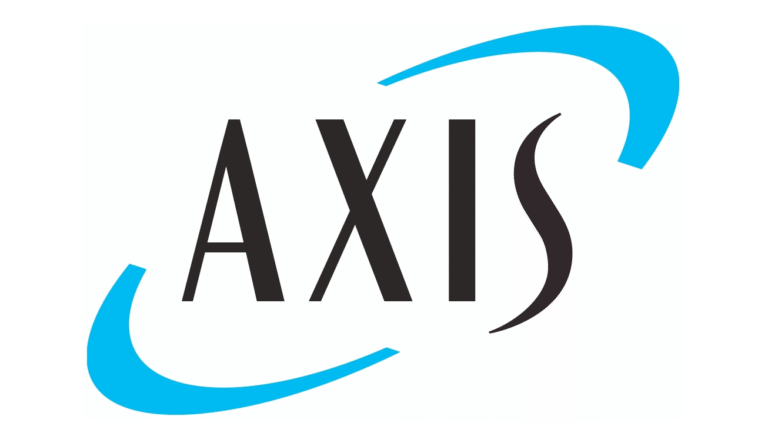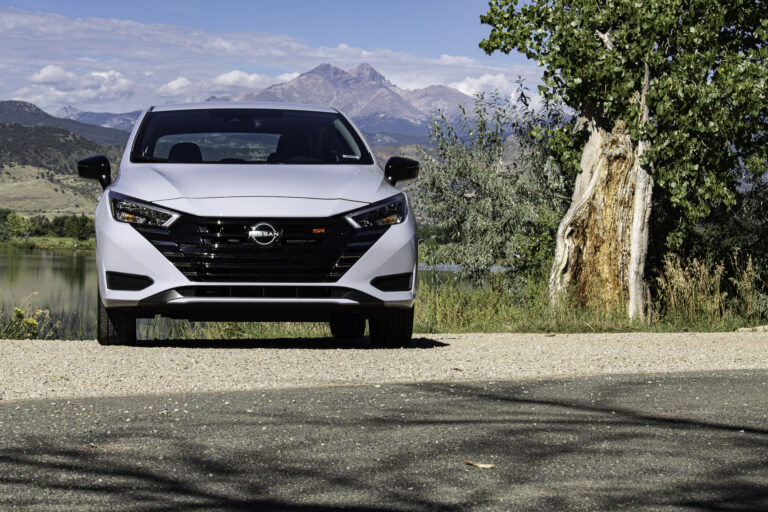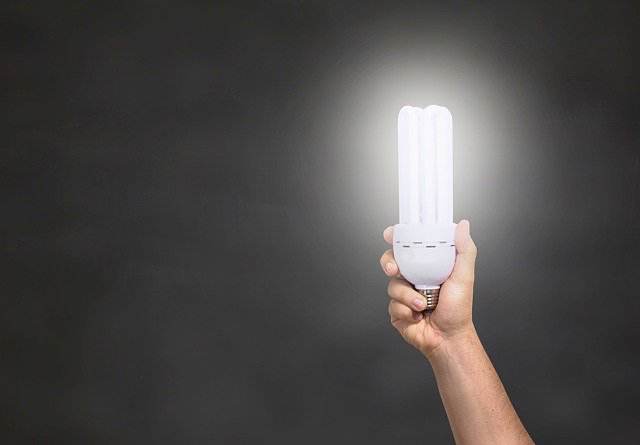
Over the course of 700 miles of between Los Angeles, Sequoia and Kings Canyon National Parks, and Ojai, the 2025 Honda NT1100 delivered on its sport touring promise. It’s the total touring package with all-day comfort and a smooth twin-cylinder engine that can lope along at 80 mph on the Interstate or 18 mph on the seemingly endless canyon roads of California’s Sierra Nevada Mountains. Honda’s DCT automatic eliminates the need for managing a clutch and left-foot gear shifts, a no-brainer feature that I didn’t realize how much I would enjoy until this multi-day trip. Just put the bike into “D” and go.
Sport Touring with Honda’s Dual-Clutch Transmission
The engine and six-speed DCT are derived from Honda’s vaunted 1084cc Africa Twin adventure bike and are tuned for road use in the NT. Riders can switch ride modes shown on the color TFT screen by using the switches on the left side of the handlebars. The options include ‘Tour’, ‘Urban’, ‘Rain’, and two custom ‘Rider’ settings, and each mode modulates gear shifts, engine braking, and ABS traction control. I spent nearly all my ride in ‘Tour’ mode for all speeds. I found ‘Urban’ to be a bit too aggressive on engine braking to be comfortable for long periods. ‘Tour’ mode puts smooth comfort, front and center, which is what I wanted for six consecutive days of riding in conditions that varied from 100-degree heat and 55-degree intermittent showers.
Your right thumb controls the DCT, with buttons that let you toggle between manual mode, ‘D’ or ‘SI’, ‘SII’, and ‘SIII’ sport modes. Each sport mode changes the shift point to sequentially higher RPMs. It’s a welcome variety, since each setting lets the rider dial-in the best match of skill, road, and personal preferences. For my purposes, I went to “SI” for highway and freeway stretches since it put the bike in a more responsive power band that I could tap for passing and on-ramp accelerations. However, for the hours of 15-35 mph curves and RV traffic in the National Parks, the ‘D’ setting worked better, working to keep the engine at around 2,000 RPM.
The automatic downshifts weren’t as harsh or frequent in ‘D’ as they were in ‘SI’. Sure, the engine was slower to respond and accelerate at the lower RPMs, but that mellow grunt was welcome on those slow roads. Granted, it took a while to get used to the bike settling into 6th gear at 35 mph. I found myself tapping the front brake much more often than I’m used to at those slow speeds, where I’d usually park the bike in 2nd or 3rd gear. But being a DCT, downshifts were always instantly available via the manual shift buttons on the left handlebar cluster.
If all these options seem like a lot to replace the simplicity of a manual clutch and gear lever, that’s understandable. But, Honda deserves recognition for accommodating riders from a manual background; Honda’s DCT at least gives them the ability to tailor the bike’s behavior to match their preferred style. After several days of slow-speed riding in crowded National Parks and parking lots, I was convinced of the DCT’s advantages in a touring application. Easy does it, literally.
The Comfort Seat
Although designed as a sport tourer, the NT1100’s seat position felt neutral to me. At 6’2”, I found the fit comfortable, overall, and the 5.9-inch travel Showa shocks smoothed out speed bumps effortlessly. The wide seat supported all-day riding, and standard heated grips, adjustable through the touchscreen toggles, added to the comfort. Cruise control, also standard, proved helpful for long freeway stretches where it became too easy to exceed the speed limit.
The adjustable windshield, while not particularly large for a touring bike, is easy to move up or down with one hand. I left it all the way down for nearly the entire ride due to the heat; I needed the airflow over my helmet and body to help cool me down, and I was glad that the NT1100 made this possible. The only other height that worked for me was fully raised. Any position between fully raised or fully lowered kicked off a nasty turbulence that smacked my helmet, making for a truly unpleasant ride.
Honda loaded more tech into the NT1100 that I did not have a chance to try. Among them, Apple CarPlay/Android Auto, but only via a USB cable connection located to the right of the TFT screen, and only if connected to a Bluetooth-enabled helmet. To the left of the TFT screen, there’s a 12-volt outlet for heated vests and other accessories.
Baggage Handling
My NT1100 came outfitted from Honda with two color-matched locking saddlebags, which gave the bike a sophisticated feel and look. With roughly 33L capacity in the left bag and 32L capacity on the right bag, I had plenty of room for a week’s worth of riding gear and everyday clothes, plus enough room to pick up souvenirs from the trip. The locking mechanism is simple. The panniers kept my gear dry in the rain. Nothing more I could ask from them.
Tripmeter Report
Honda claims the NT1100’s 5.4-liter fuel tank gives the bike 250-300 miles of range. For my ride, the bike spat out 225-250 miles of range before I had to start thinking about refueling. According to the bike’s computer, I averaged around 45 mpg at freeway speeds of 65+ and 55 mpg at slow speeds of 30-45 mph in the National Parks.
The Final Word
The NT1100 makes riding a big bike easy at any speed. And for riders, like me, who simply want to enjoy the ride, rather than wring all the performance out of the bike, this ease is welcome. Compared to other bikes in its class, the Honda’s starting price of $11,899, plus $775 destination charge, makes it the best value in a 1,000cc-plus sport tourer going. Even the price, as tested with saddle bags ($13,828), is still below where many other bikes start.
The DCT removes a lot of the skill required to manage the bike, which will be an understandable turn-off for many riders. But I counter that when touring, enjoying the scenery and the road count for more than conquering the nuances of a bike’s engine and transmission.
Which term best captures the NT1100? That’s easy, “Just Ride.”
Find more motorcycle reviews @TFLbike on YouTube.




